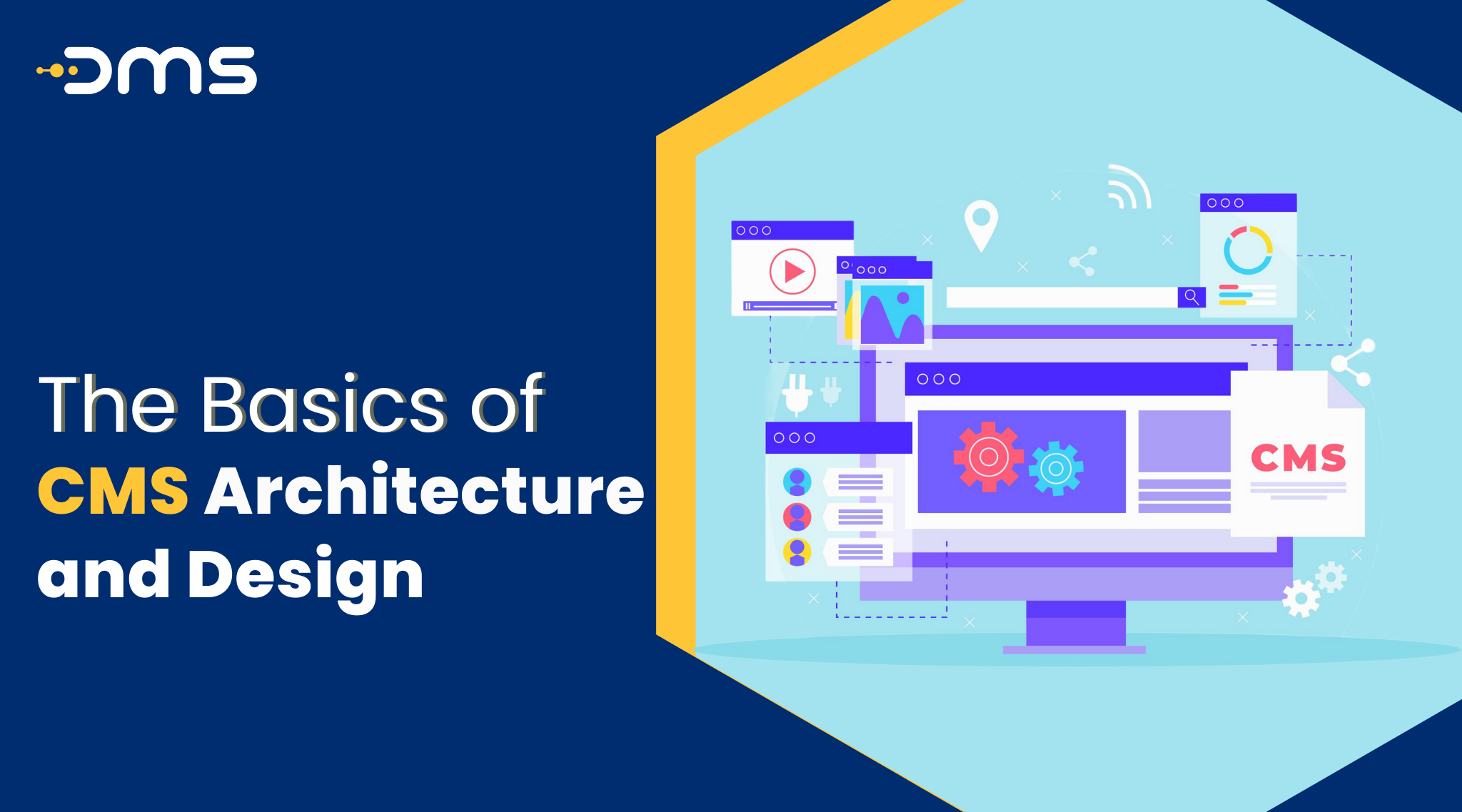As the world grows digitally day by day, the need for content management systems (CMS) has risen significantly. CMS architecture and design have become increasingly important in creating websites that are user-friendly, secure, and easily maintained. In this article, we will cover the basics of CMS architecture and design, including its components, benefits, and best practices.
Have you ever thought about how websites are built and maintained?
In this article, we will dive into the world of CMS architecture and design to reveal the secrets behind successful websites.
CMS architecture and design are the foundation of any successful website. A content management system (CMS) is software that helps users to create, manage, and publish content like text, photos, and video.
It provides a framework for organizing and presenting content in a way that is accessible to both content creators and visitors.
CMS architecture refers to the underlying structure of the software, including the database schema, programming language, and software framework. CMS design refers to the user interface, user experience, and visual design of the CMS.
Components of CMS Architecture
The architecture of a CMS is made up of several components, each with a specific function.
Database Management System (DBMS):
This component stores and manages all the data used by the CMS. It provides an approach for effectively storing, retrieving, and manipulating data.
Programming Language
The programming language is the foundation of the CMS and determines how it functions. Popular programming languages used for CMS development include PHP, Python, Ruby, and Java.
Framework
The framework provides a set of tools and libraries that developers can use to build the CMS. Popular CMS frameworks include Laravel, WordPress, Drupal, and Joomla.
APIs
Application Programming Interfaces (APIs) provide a way for developers to integrate third-party software into the CMS. For example, a CMS may integrate with social media platforms or e-commerce systems.
Benefits of CMS Architecture
A well-designed CMS architecture provides several benefits, including:
Scalability
A CMS that is designed with scalability in mind can handle increasing amounts of content and traffic without sacrificing performance.
Flexibility
A CMS that is designed to be flexible allows for customization to meet specific business needs.
Security
A well-designed CMS architecture includes security measures to protect against hacking, malware, and other threats.
Easy maintenance
A CMS that is easy to maintain saves time and resources in the long run.
Best Practices for CMS Design
In addition to a solid architecture, a CMS must also have a user-friendly design to be successful. Here are some best practices for CMS design.
Keep it Simple
A simple design is more accessible and easier to use. Avoid clutter and unnecessary features.
Focus on Usability
The user experience should be at the forefront of the design process. Ensure users can quickly and effortlessly discover what they need.
Be Consistent
Consistency in design elements, such as typography, color, and layout, creates a cohesive and professional look.
Mobile-First Design
A mobile-first design approach becomes crucial for a successful CMS because most of the users are accessing the web from mobile devices.
Conclusion
In summary, CMS architecture and design are essential elements of creating an effective website. While a user-friendly CMS design increases usability and accessibility, a well-designed CMS architecture offers scalability, flexibility, security, and easy maintenance. Businesses can create a website having both functional and aesthetical ways by adopting best practices for CMS design and architecture, which will help to increase user experience and engagement towards the website.


